Two popular rimfire alternatives to .22 LR, what are the pros and cons when it comes to .17 HMR vs. .22 Mag?
Nearly everyone starts their rimfire career shooting the plentiful and ever-popular .22 LR. Invented in the late 1800s, this little cartridge continues to be a solid performer when it comes to plinking, target practice and pest control. But great strides have been made in the rimfire world since then as far as actual ballistic performance goes.
If you’re just now deciding which new rimfire caliber to expand into, the number of options may seem intimidating, but if you know what your goals are it should be easy to find what suits your needs best. One cartridge pairing that seems to be wondered about often is .17 HMR vs .22 Mag. These cartridges tend to go by more than one name, but the former in this case was developed by Hornady and the latter by Winchester. Despite .17 HMR’s roots in .22 Magnum, it did not offer an across-the-board performance upgrade, and there are still some good reasons to choose .22 Magnum over its progeny.
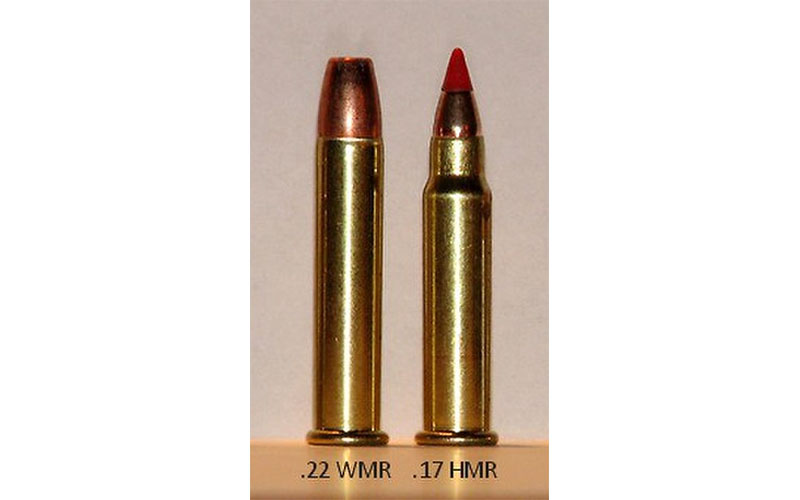
.17 HMR vs. .22 Mag: Specs
.17 Hornady Magnum Rimfire, or HMR, was developed from the .22 Winchester Magnum Rimfire, or WMR. Regardless of what you call these cartridges, both were attempts to make a more powerful rimfire than the ubiquitous .22 LR.
.22 Magnum was created in the late 1950s and became a near-instant success. With the original loading sending a 40-grain projectile at about 2,000 FPS, it put .22 LR’s ballistics to shame. Capable of sending a bullet of equal mass at almost 700 feet per second faster and with more than double the foot-pounds of energy, .22 WMR easily usurped .22 LR in the role of effective varmint control and small game hunting.
Nearly half a century after .22 Mag’s introduction, a new kid showed up on the block. Developed primarily by Hornady, .17 HMR is just .22 Magnum necked-down to .17 caliber. With the same size case now loaded with a smaller, lighter, spitzer-style projectile, the .17 HMR had much greater potential for velocity than its parent cartridge ever could have. .17 HMR bullets are .17 caliber and typically use 17-grain projectiles that can travel over 2,600 FPS when fired from a rifle. While faster than even the lightest of .22 Magnum loadings, .17 HMR’s incredibly light bullets also deliver less energy than their .22 caliber counterpart.
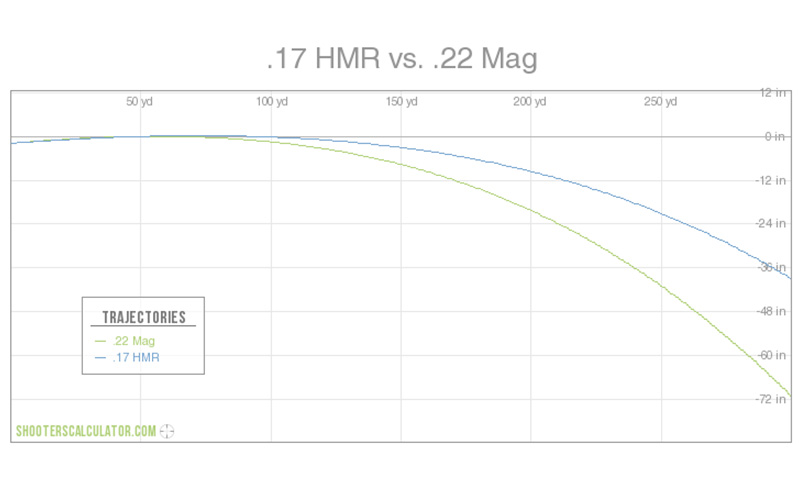
.17 HMR vs. .22 Mag: Performance
Just because .17 HMR was developed from .22 Magnum doesn’t make it a direct upgrade. Evidenced in part by .22 Mag’s continued use, both cartridges clearly still serve a purpose. The traits of these bullets are best demonstrated using a ballistic calculator. Comparing a 20-grain .17 HMR Hornady XP XTP against a 40-grain .22 WMR CCI Maxi-Mag round, we can see where each cartridge shines.
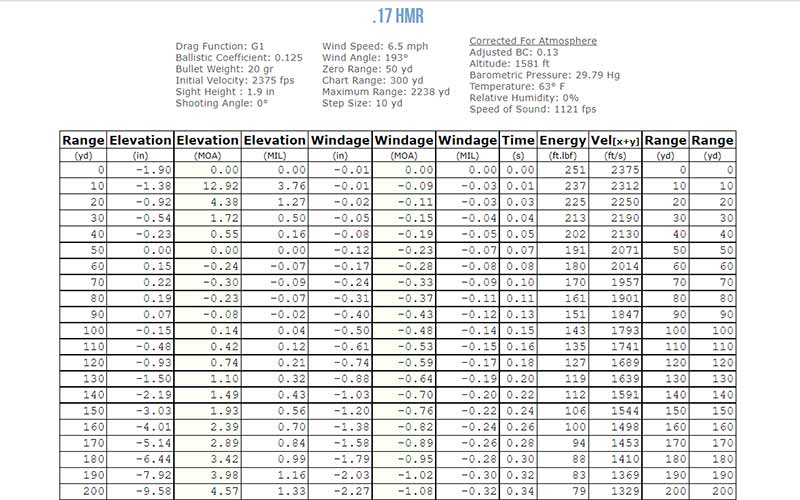
As the first graph shows, starting at about 100 yards .22 WMR has nearly twice the bullet drop as .17 HMR. This is .17 HMR’s strongest selling point and a primary reason as to why it was developed. Its lightweight, spitzer-style projectiles have a higher velocity, ballistic coefficient and a resultant flatter trajectory. This meant that with the introduction of .17 HMR shooters were suddenly able to start taking shots out to 200 yards, something that was rarely even attempted with .22 Magnum. Besides the greater bullet drop of .22 Mag, even within 100 yards, .17 HMR is known for being the more accurate cartridge.
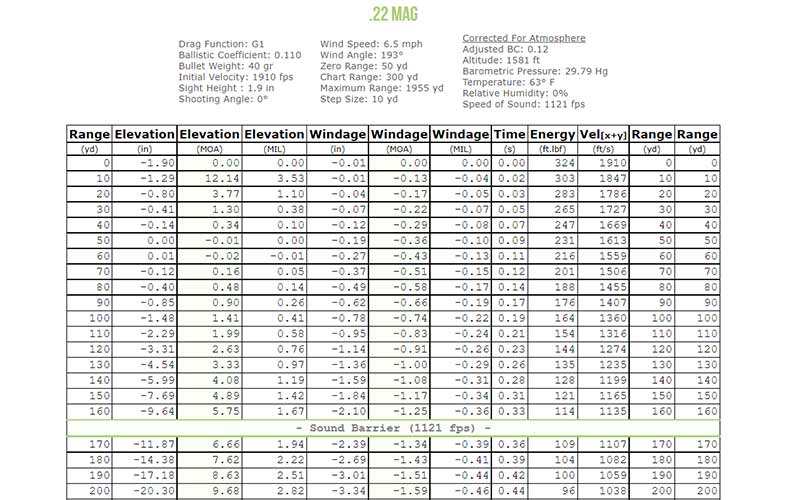
Another important metric besides effective range and accuracy is the amount of energy delivered on target. These charts show how .22 WMR’s heavier bullet results in more foot-pounds of energy than .17 HMR can deliver regardless of the range it was fired at. This is due to .22 Mag’s nearly twice as heavy projectiles that also contribute to its faster rate of bullet drop. Because making an accurate hit with .22 Mag beyond 125 yards is unlikely to begin with, the data beyond that point is mostly irrelevant. It does show, however, that within .22 Magnum’s effective range will impact the target with greater energy.

Choosing Your Cartridge
In the debate of .17 HMR vs. .22 Mag, there is a wrong and right choice, it just all depends on what you intend on using it for. If you need the most range you can get out of a rimfire, or if supreme accuracy is your goal, .17 HMR is the way to go. For varmint hunting, however, unless you have the marksmanship skills to headshot squirrels, the hot little .17 HMR bullet has been known to render their meat inedible. It works just fine for pest control though and makes shooting in the 100-to-200-yard range easier than with almost any other rimfire. Expert varmint hunter Richard A. Mann even claims to have bagged a prairie dog at a bit over 500 yards with a .17 HMR, although not with the first shot.
.22 WMR’s greater bullet weight and energy still makes it superior at taking slightly larger game like coyotes at closer distances, but like most .22 caliber rimfires it is severely limited by its range. Despite being capable of delivering more energy at any given distance, actually making the shot will usually be more difficult than with a .17 HMR. The .22 Magnum also offers a greater variety of bullet weights and projectile types to choose from. .22 Mag may provide better penetration than .17 HMR, but the extra energy can also result in ruined meat when hunting small game. This makes these larger bullets more suited for coyote-sized game or varmints that you do not intend on eating.
While neither round is great for self-defense, it’s worth noting that when it comes to .17 HMR vs. .22 Mag fired out of handguns, the .22 is still the superior choice.
Both cartridges have similar prices per round as of writing this, and both are available in hunting rifles of varying qualities and price points. This means that as far as choosing your rimfire goes, its intended use should be your only deciding factor.
More on .17 HMR & .22 Mag:
- The Evolution Of .17 HMR
- Cartridge Debate: .17 HMR vs. .17 WSM
- Gun Review: Alexander Arms .17 HMR
- The Savage A17 Semiauto .17 HMR Rifle
- .22 Magnum: What's The Use?
- The Top .22 Magnum Options
- What are the Best .22 Pistol Options Available Today?
- Self-Defense: Is a .22 Lethal?
- Best Ruger .22 Pistols – Top Picks for Accuracy and Fun

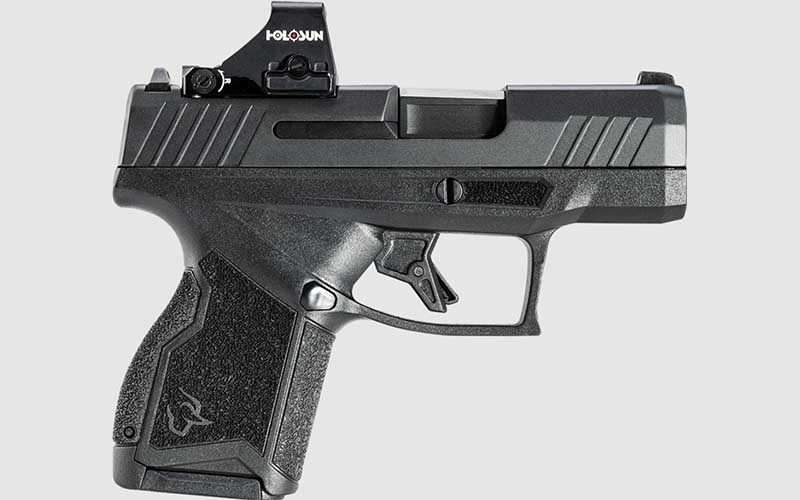

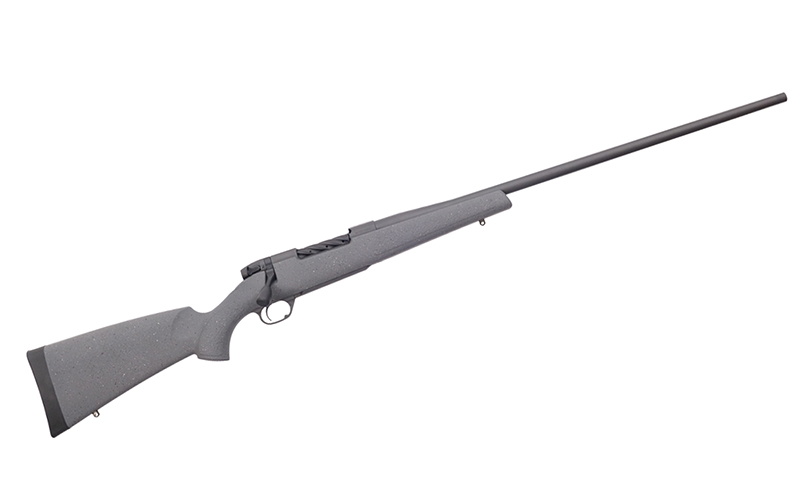
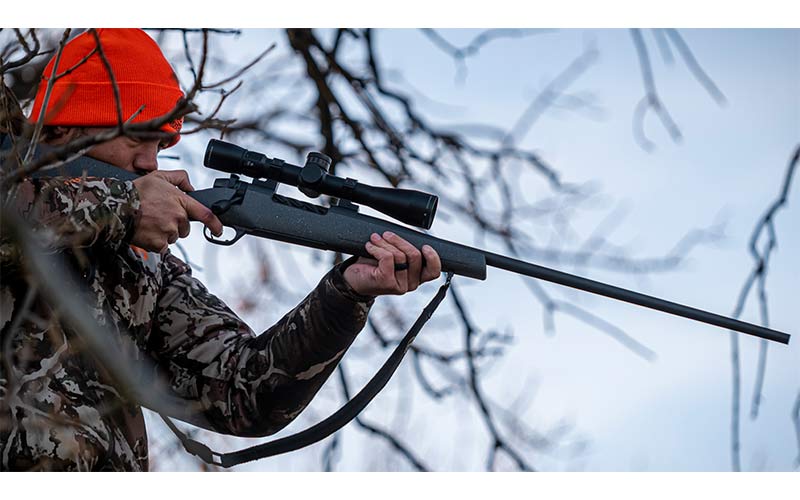
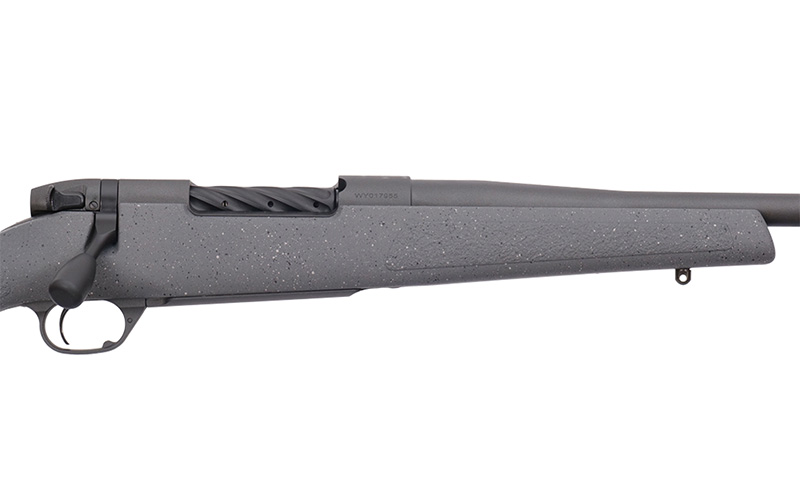
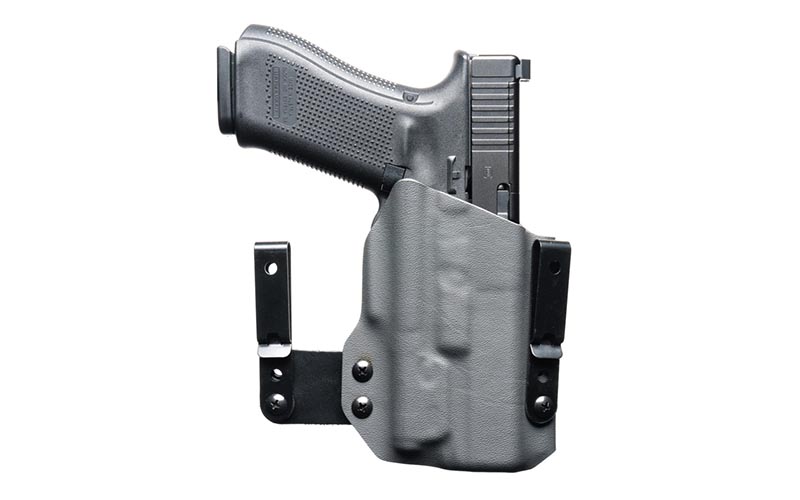





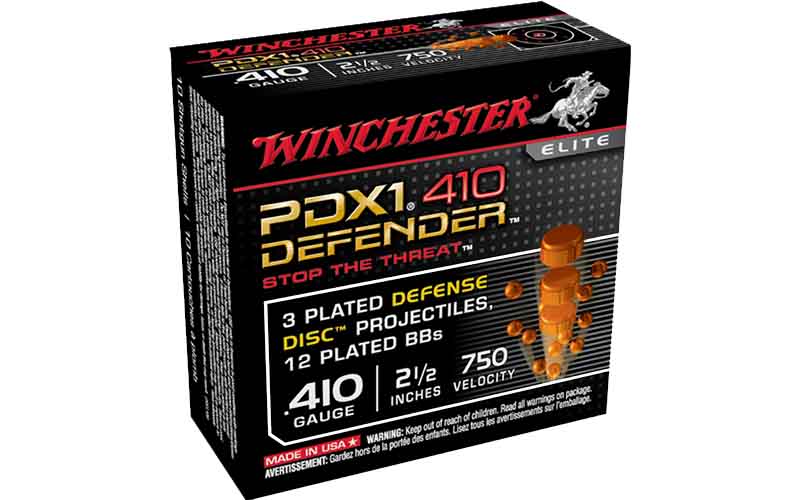

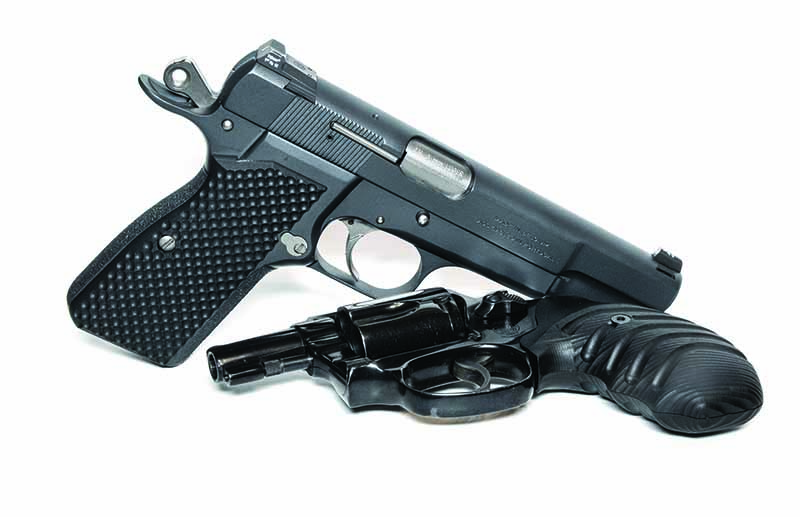

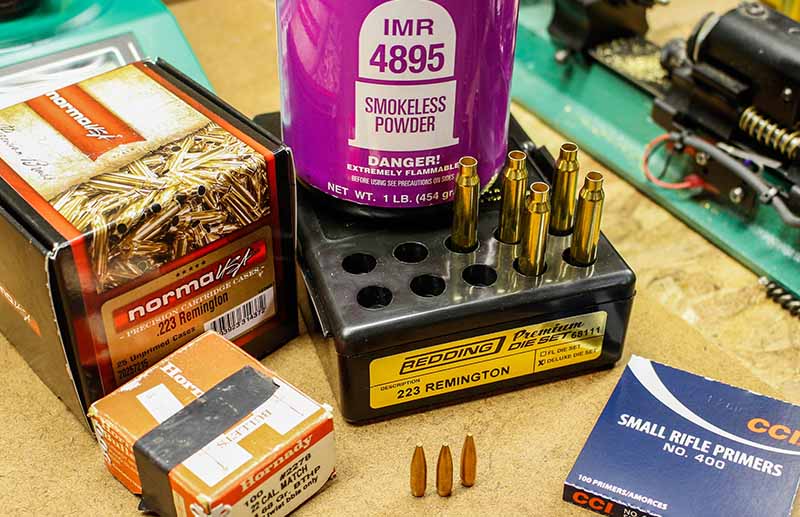
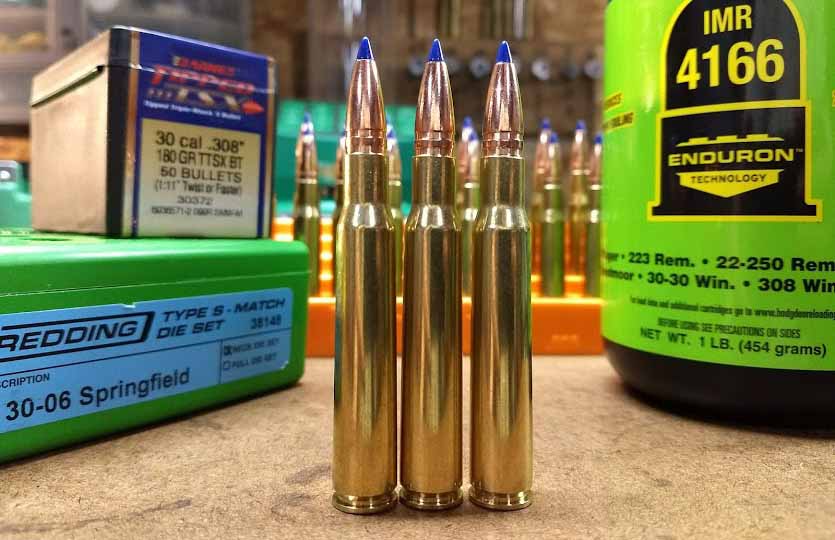
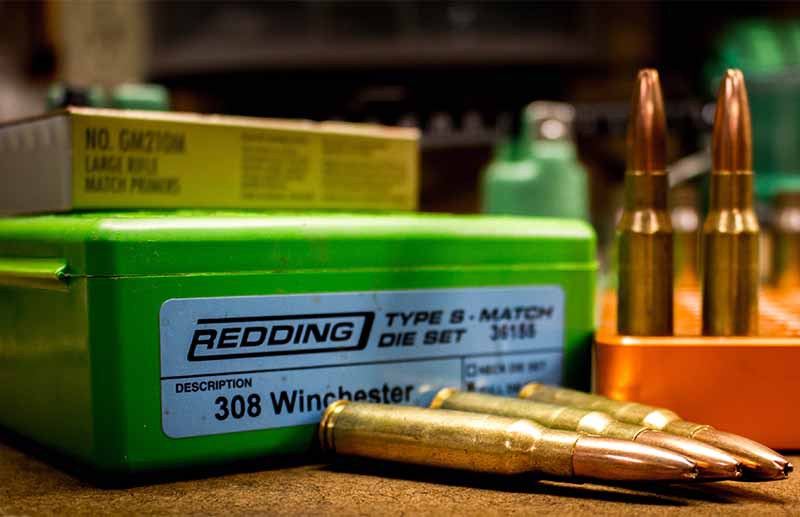
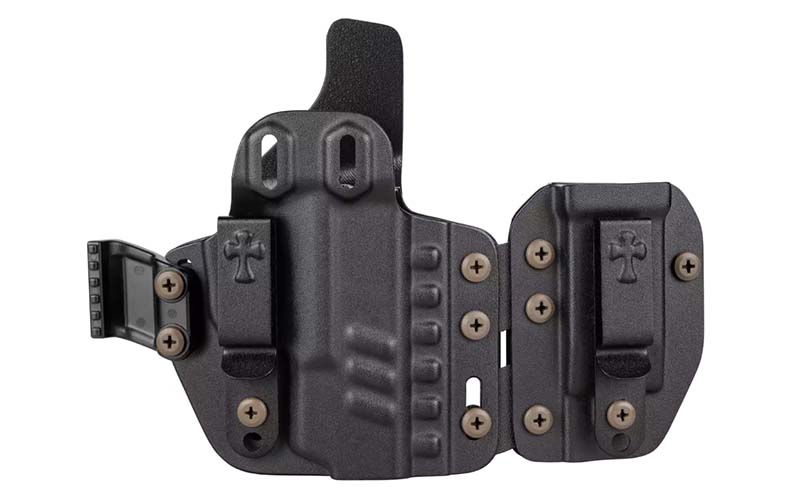
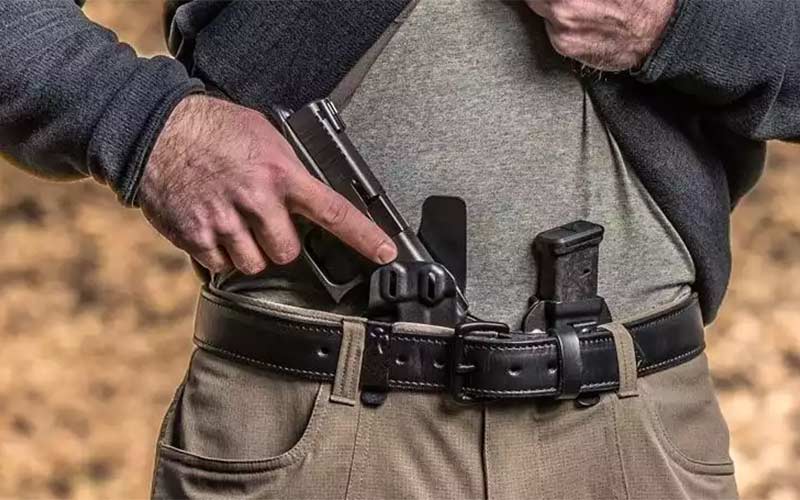

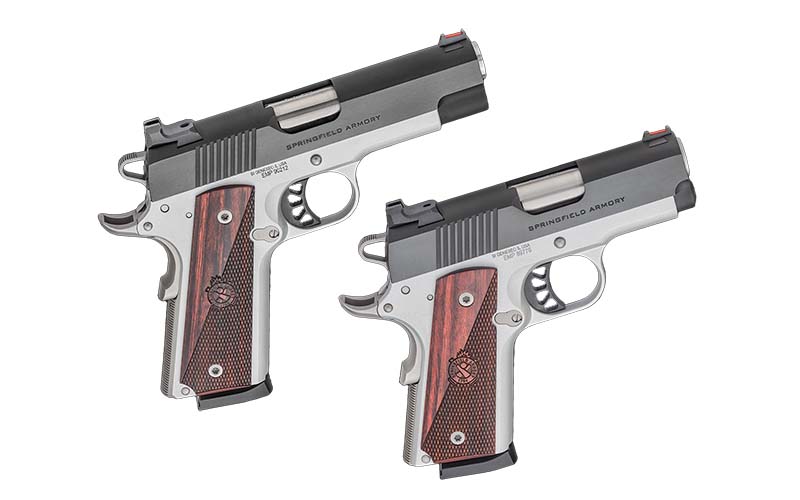
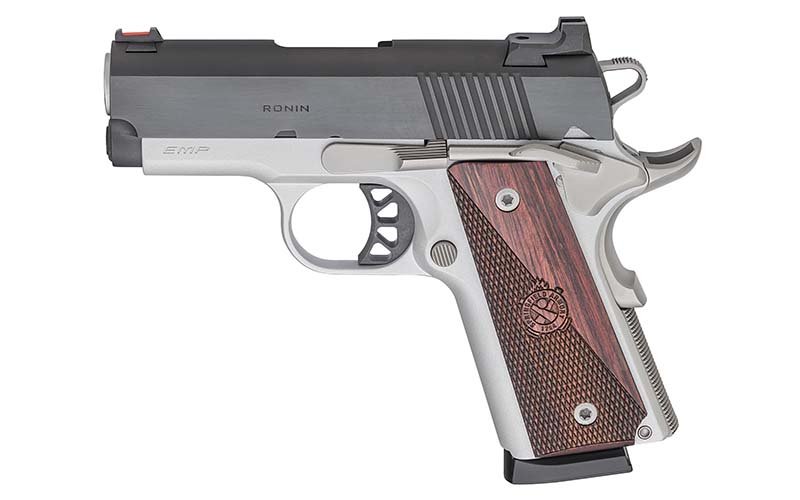
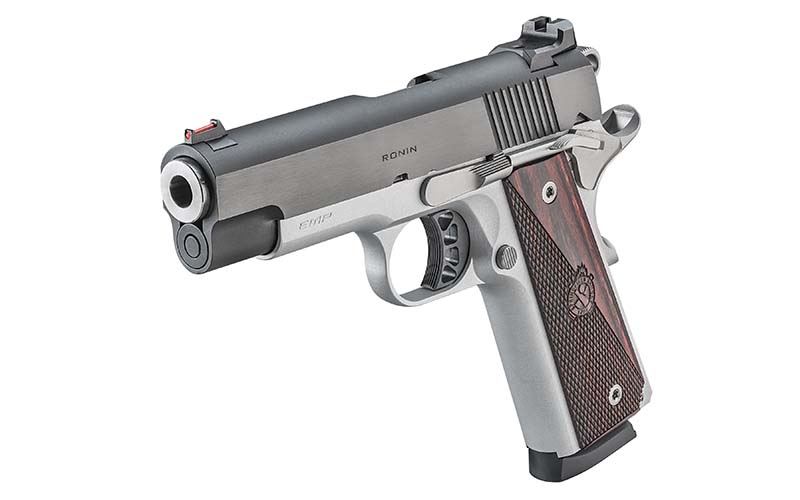
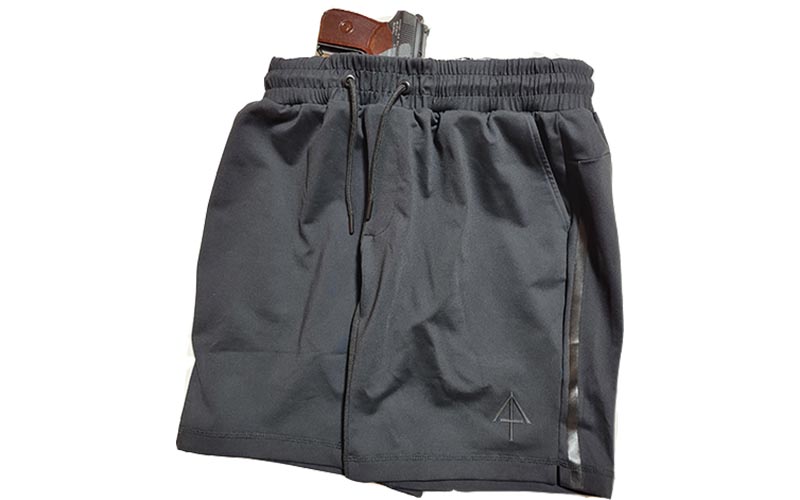
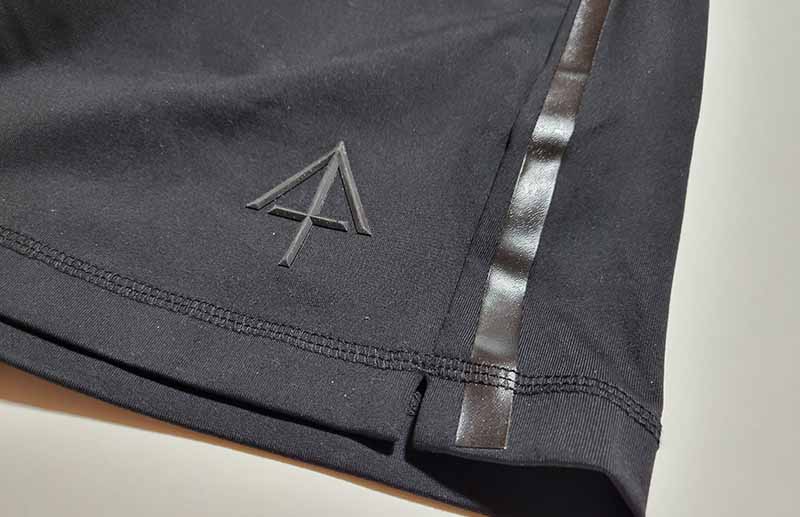
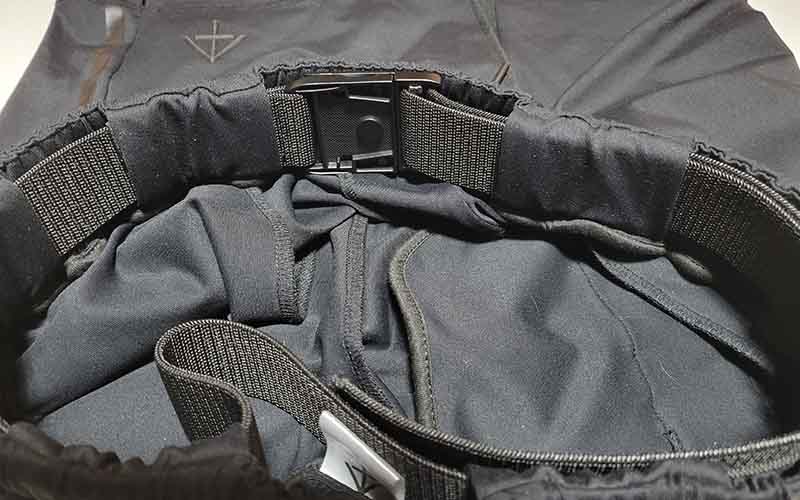

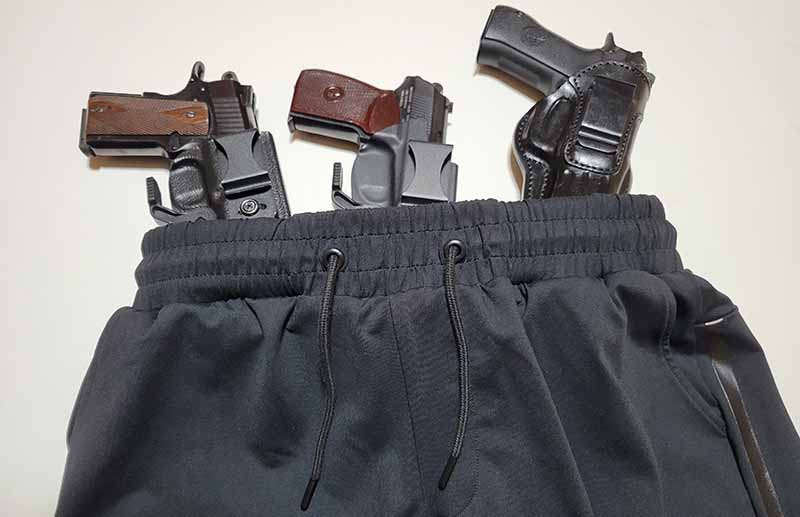
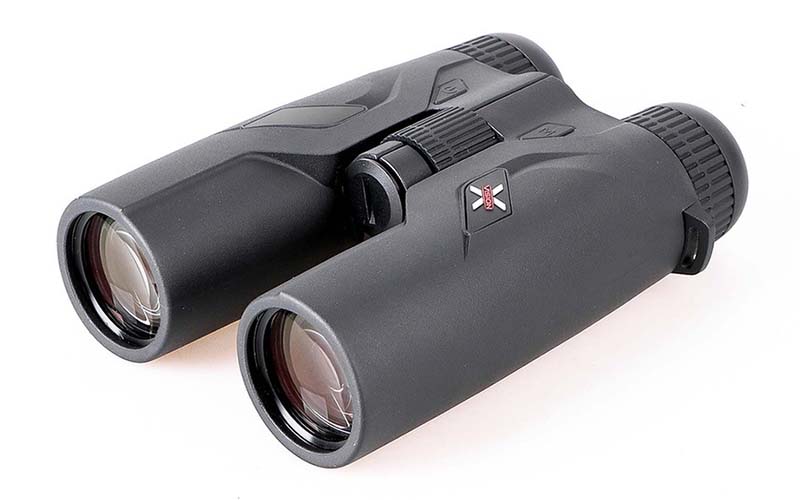
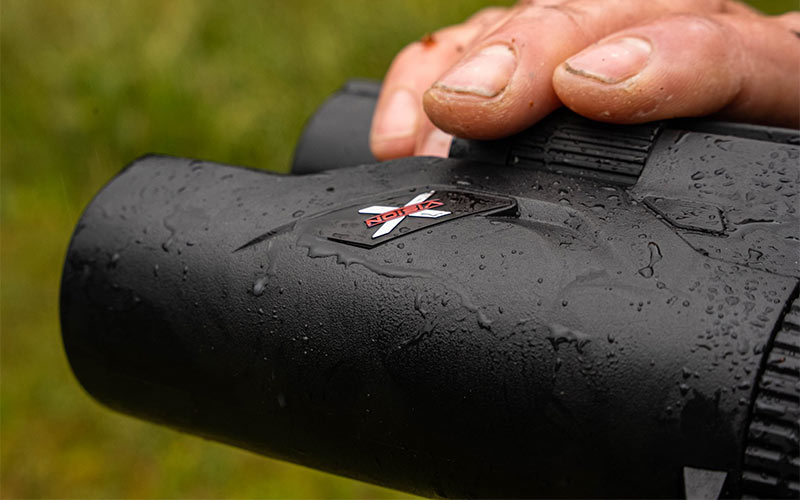

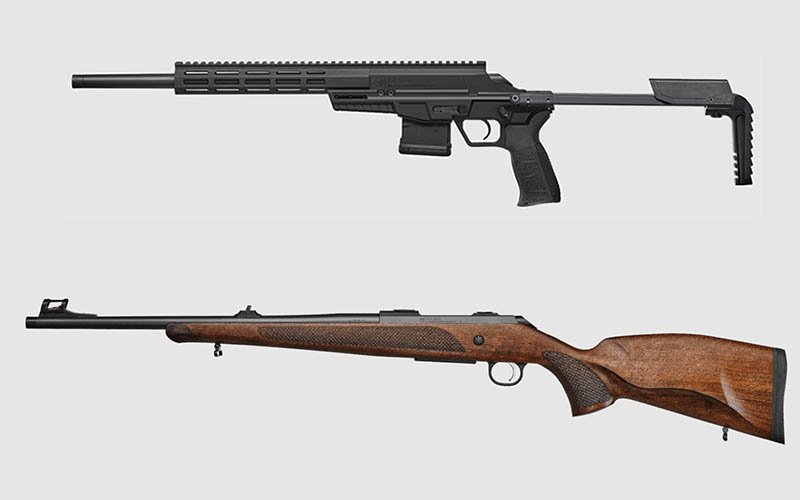
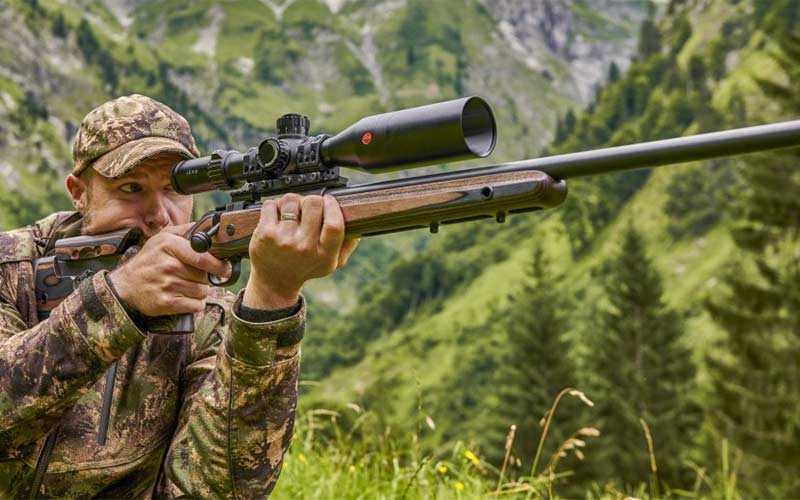
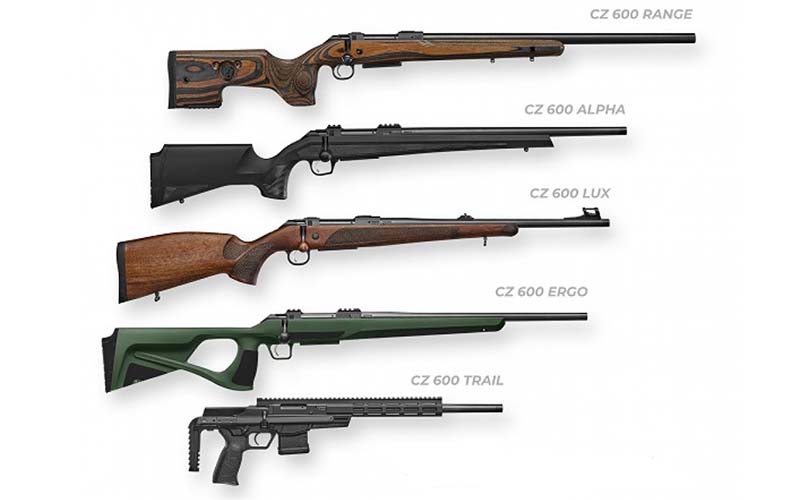
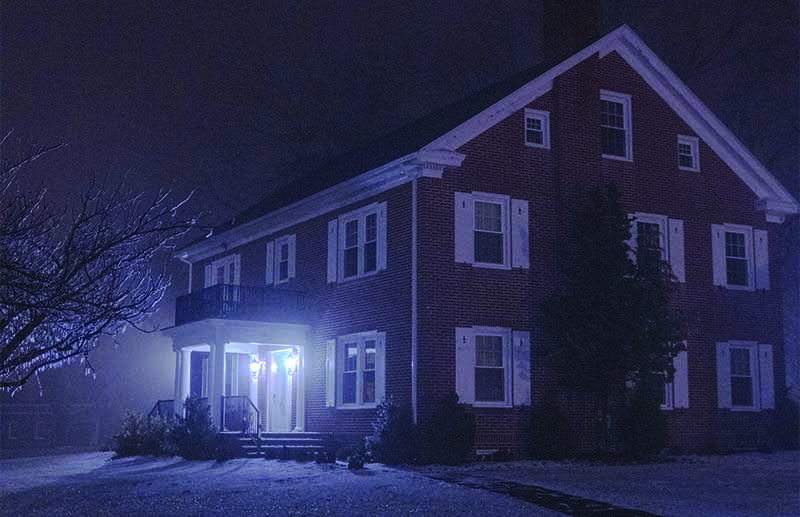
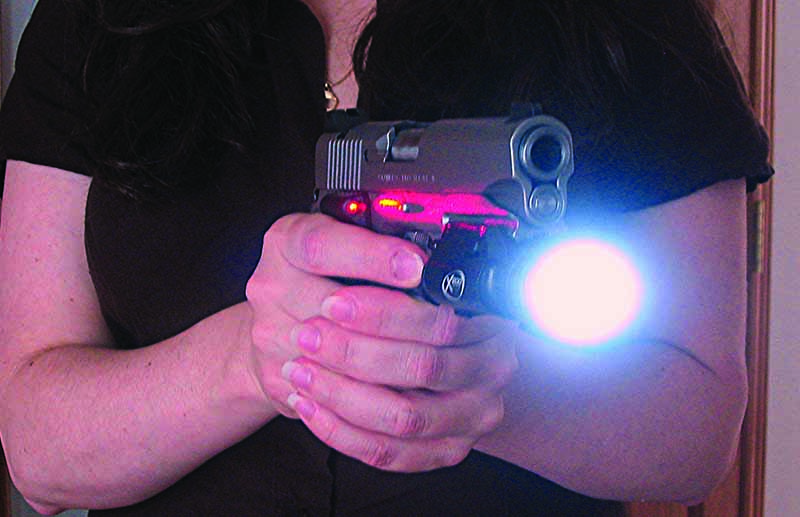
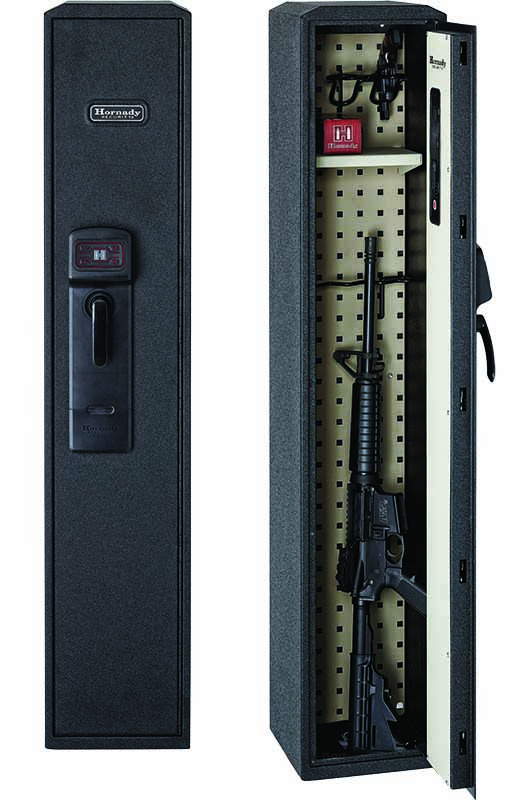
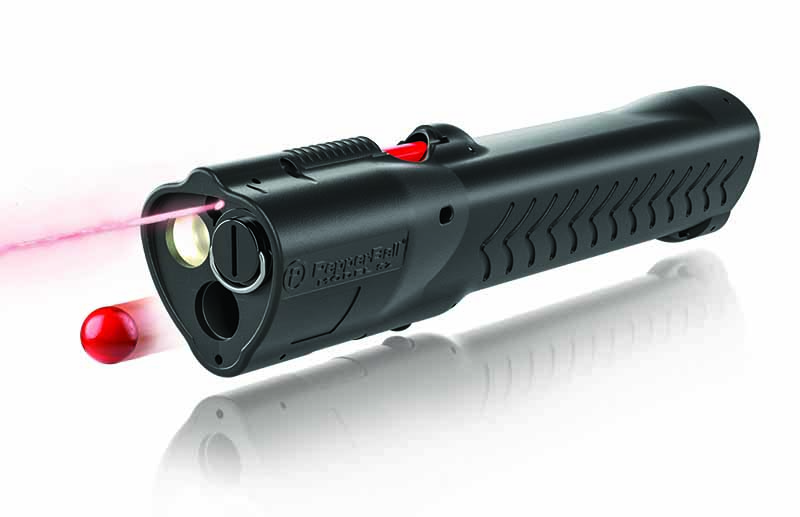
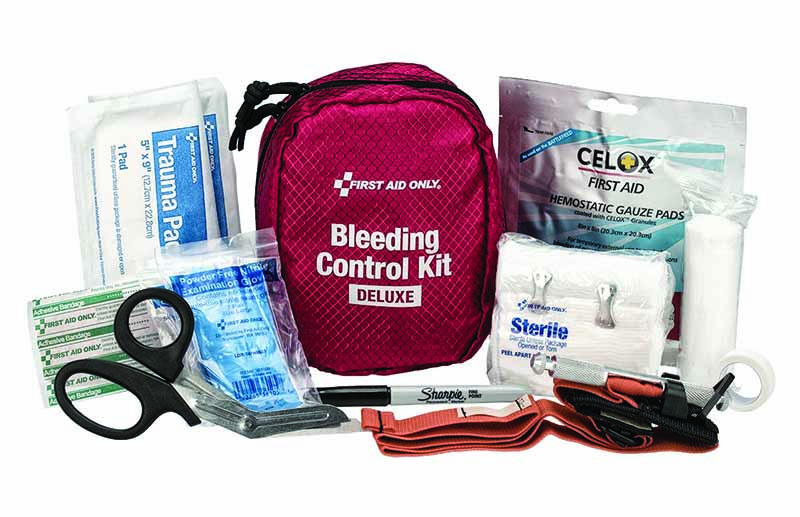
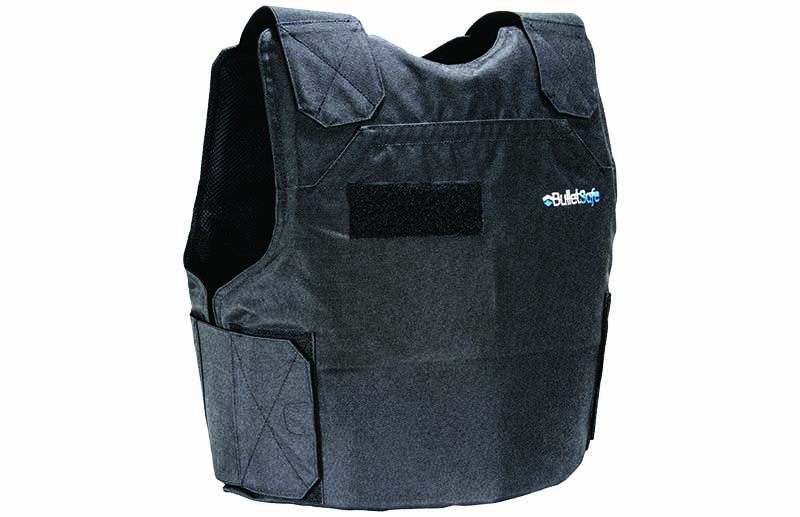
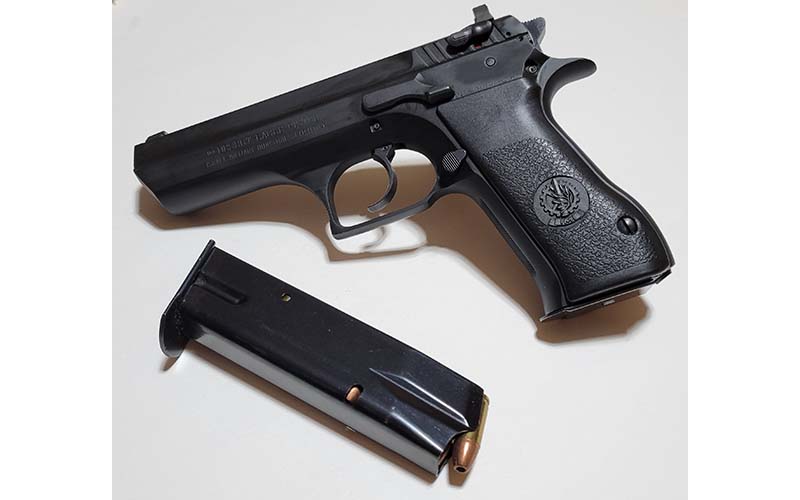
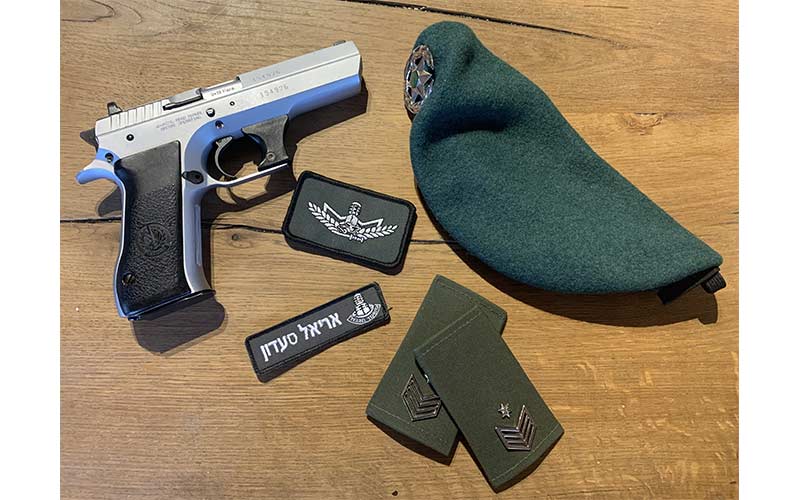
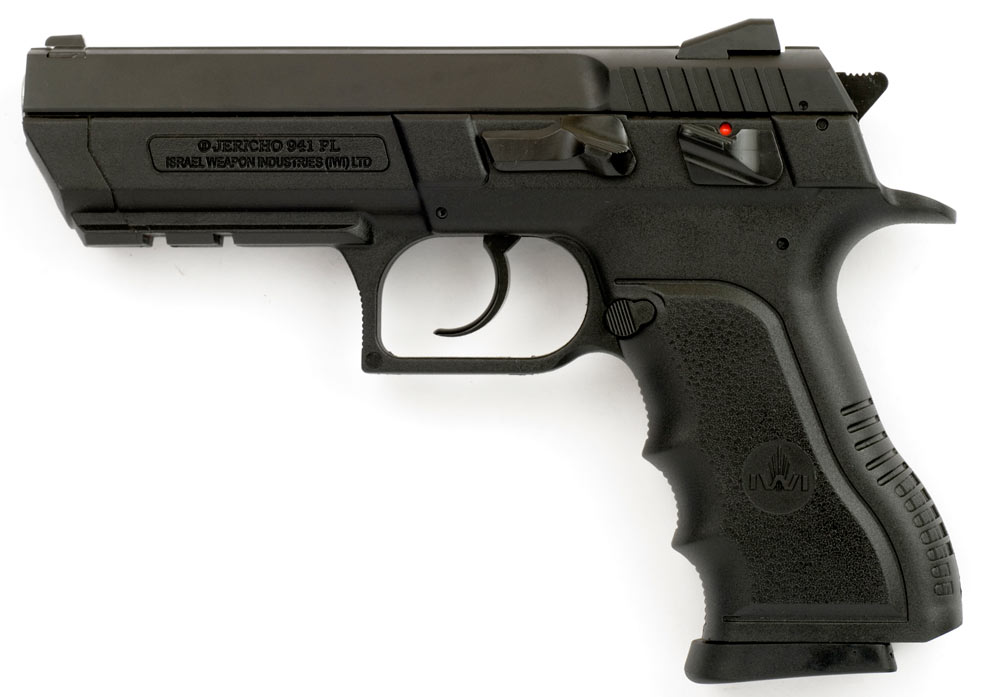
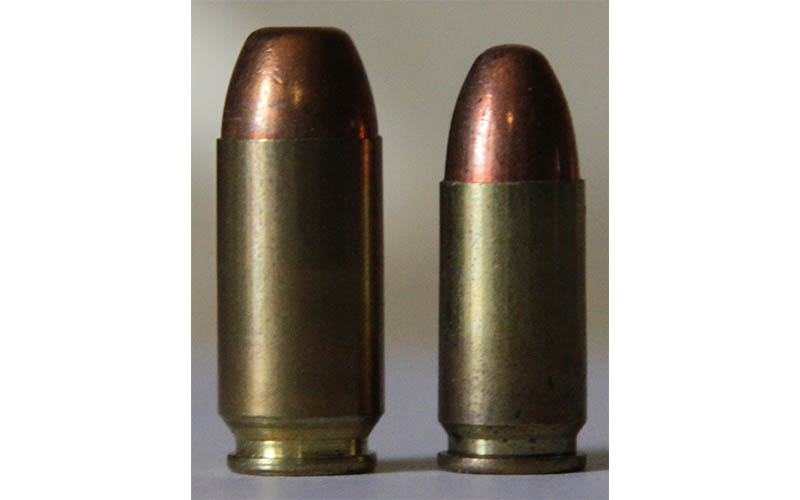
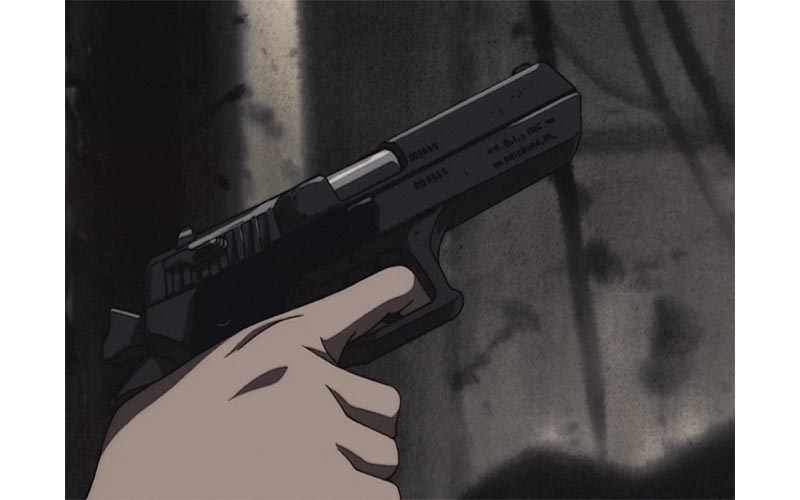
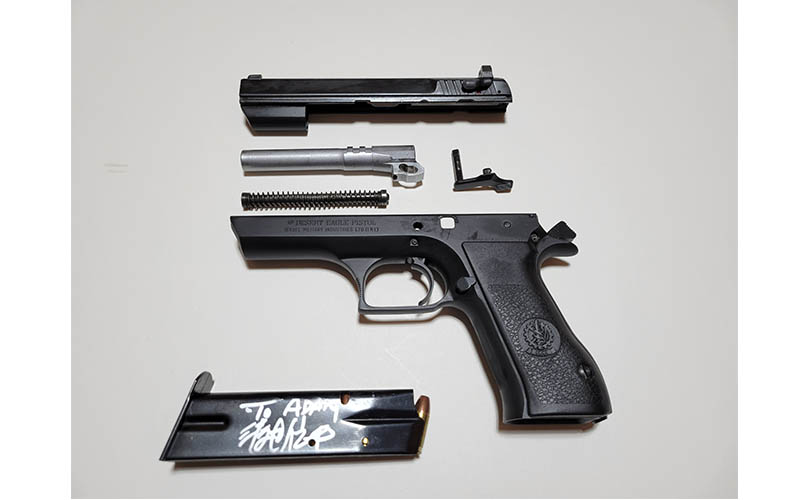
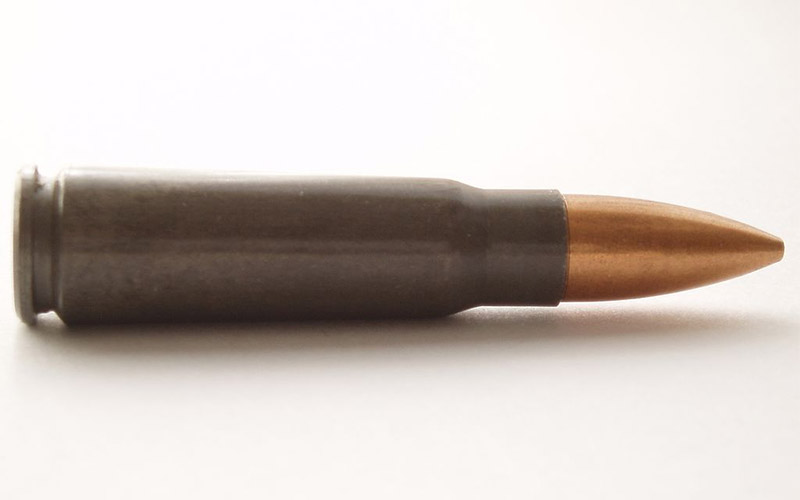
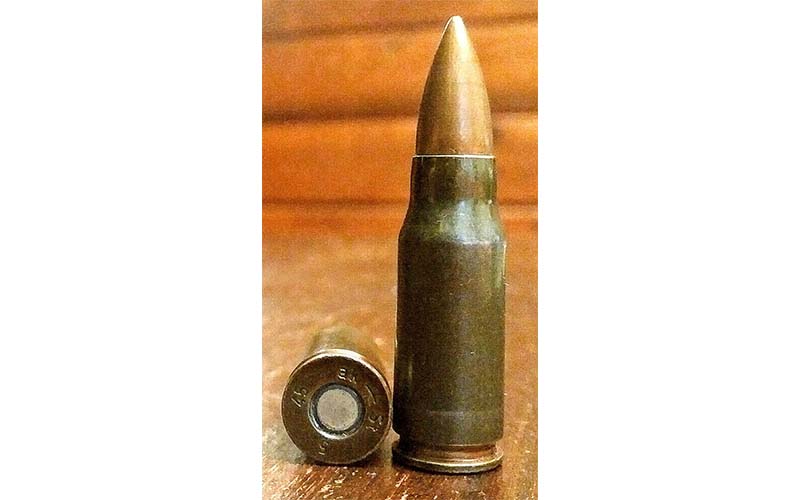
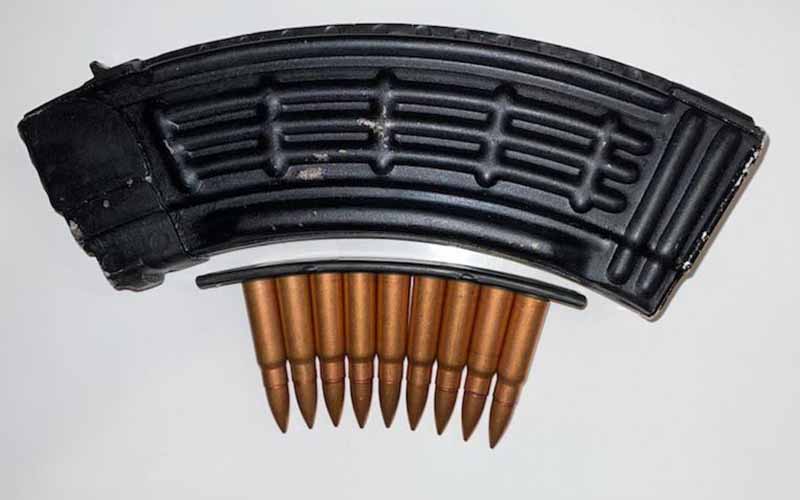
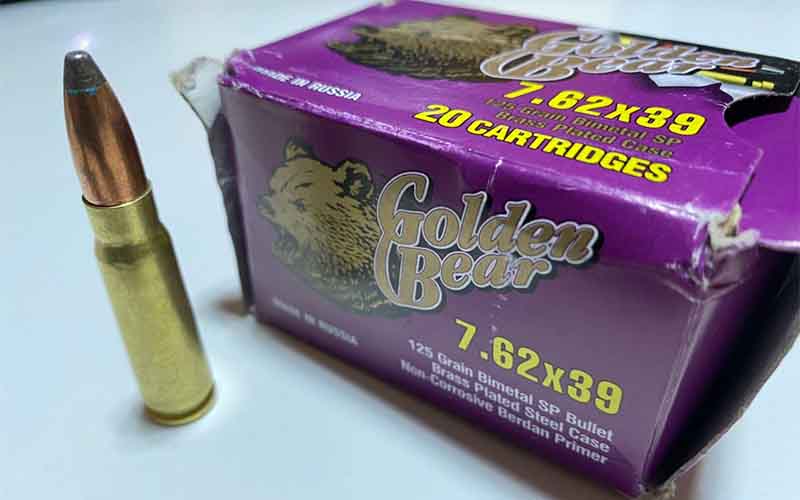

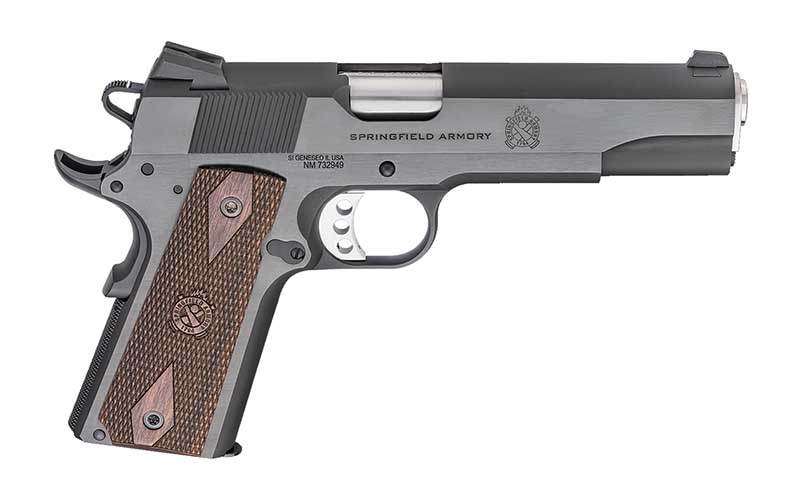
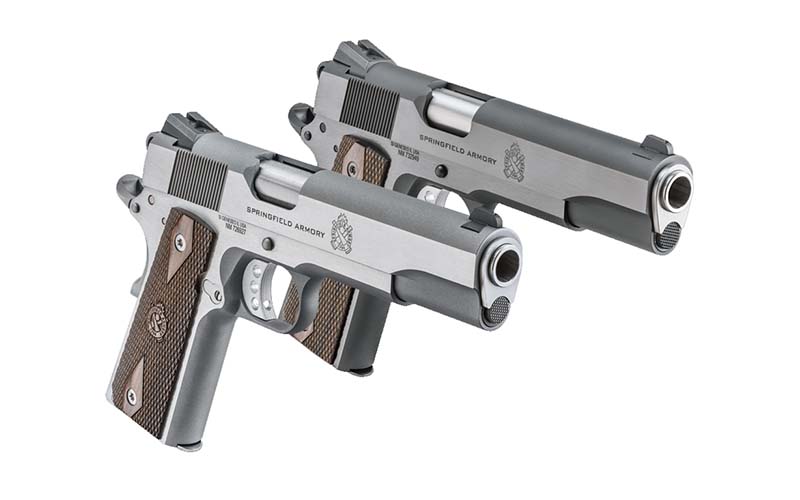

![Best Concealed Carry Guns In 2025 [Field Tested] Wilson Combat EDC X9S 1](https://gundigest.com/wp-content/uploads/Wilson-Combat-EDC-X9S-1-324x160.jpg)


![Best 9mm Carbine: Affordable PCCs [Tested] Ruger Carbine Shooting](https://gundigest.com/wp-content/uploads/Ruger-Carbine-Shooting-100x70.jpg)
![Best AR-15: Top Options Available Today [Field Tested] Harrington and Richardson PSA XM177E2 feature](https://gundigest.com/wp-content/uploads/Harrington-and-Richardson-PSA-XM177E2-feature-100x70.jpg)
